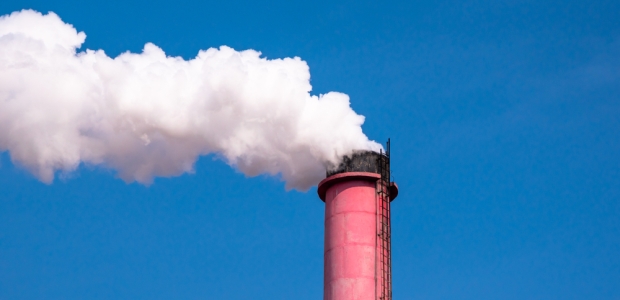
WHO, UNEP Collaborating on Environmental Health
It is the most significant formal agreement on joint action about environment and health issues in more than 15 years, according to the partner organizations.
UN Environment and the World Health Organization announced Jan. 10 they have agreed to collaborate to accelerate action on environmental health risks that cause an estimated 12.6 million deaths a year. In Nairobi, Erik Solheim, head of UN Environment, and Dr. Tedros Adhanom Ghebreyesus, director-general of WHO, signed an agreement to combat air pollution, climate change, and antimicrobial resistance and also improve coordination on waste and chemicals management, water quality, and food and nutrition issues. The collaboration includes joint management of the BreatheLife advocacy campaign to reduce air pollution.
It is the most significant formal agreement on joint action about environment and health issues in more than 15 years, according to the partner organizations. "There is an urgent need for our two agencies to work more closely together to address the critical threats to environmental sustainability and climate, which are the foundations for life on this planet. This new agreement recognizes that sober reality," Solheim said.
"Our health is directly related to the health of the environment we live in. Together, air, water, and chemical hazards kill more than 12.6 million people a year. This must not continue," agreed Tedros. "Most of these deaths occur in developing countries in Asia, Africa, and Latin America, where environmental pollution takes its biggest health toll."
They reported that their collaboration sets up a more systematic framework for joint research, development of tools and guidance, capacity building, monitoring of Sustainable Development Goals, and global and regional partnerships. They will develop a joint work program and hold an annual high-level meeting to evaluate progress and make recommendations for continued collaboration. Their pact follows a Ministerial Declaration on Health, Environment and Climate Change calling for the creation of a global "Health, Environment and Climate Change" Coalition at the United Nations Framework Convention on Climate Change (UNFCCC) COP 22 in Marrakesh, Morocco in 2016.
Priority areas of cooperation between WHO and UN Environment include:
- Air quality: more effective air quality monitoring including guidance to countries on standard operating procedures; more accurate environment and health assessments, including economic assessment; and advocacy, including the BreatheLife campaign
- Climate: tackling vector-borne disease and other climate-related health risks, including through improved assessment of health benefits from climate mitigation and adaptation strategies
- Water: ensuring effective monitoring of data on water quality, including through data sharing and collaborative analysis of pollution risks to health
- Waste and chemicals: promoting more sustainable waste and chemicals management, particularly in the area of pesticides, fertilizers, and the use of antimicrobials; they plan to advance the goal of sound life cycle chemicals management by 2020, a target set out at the 2012 United Nations Conference on Sustainable Development.